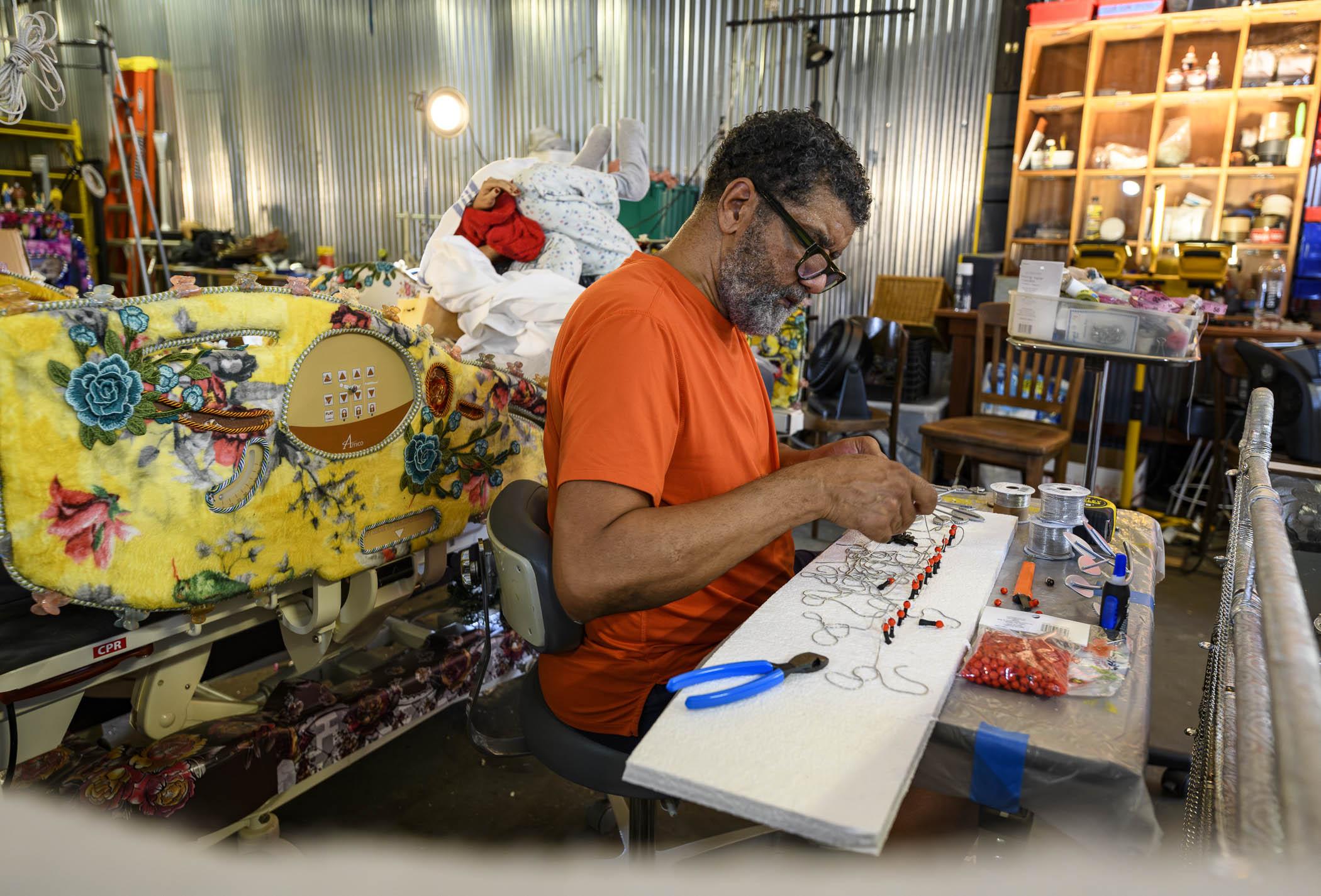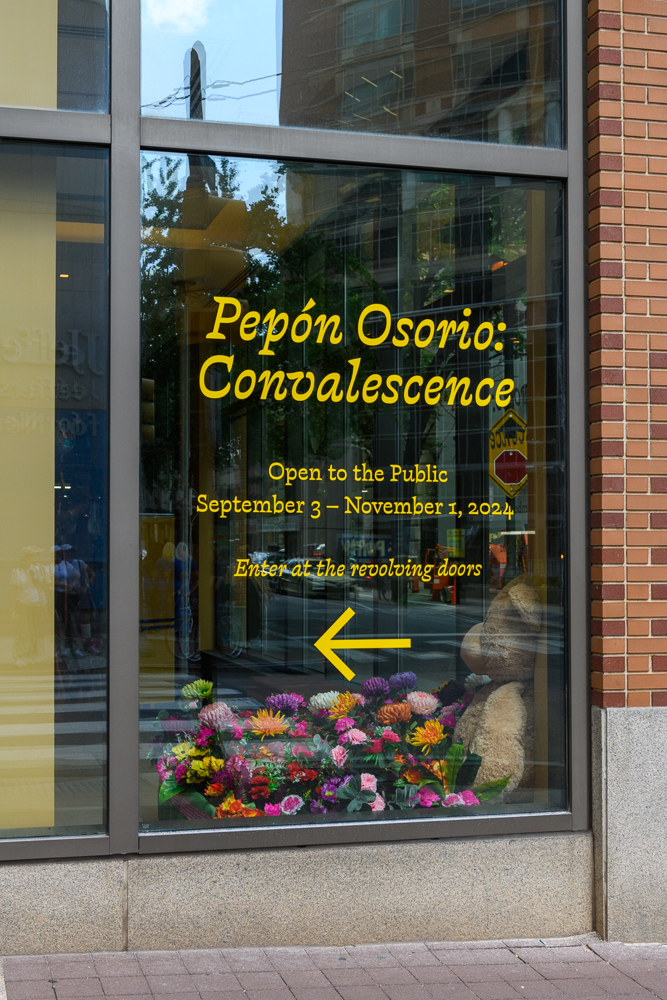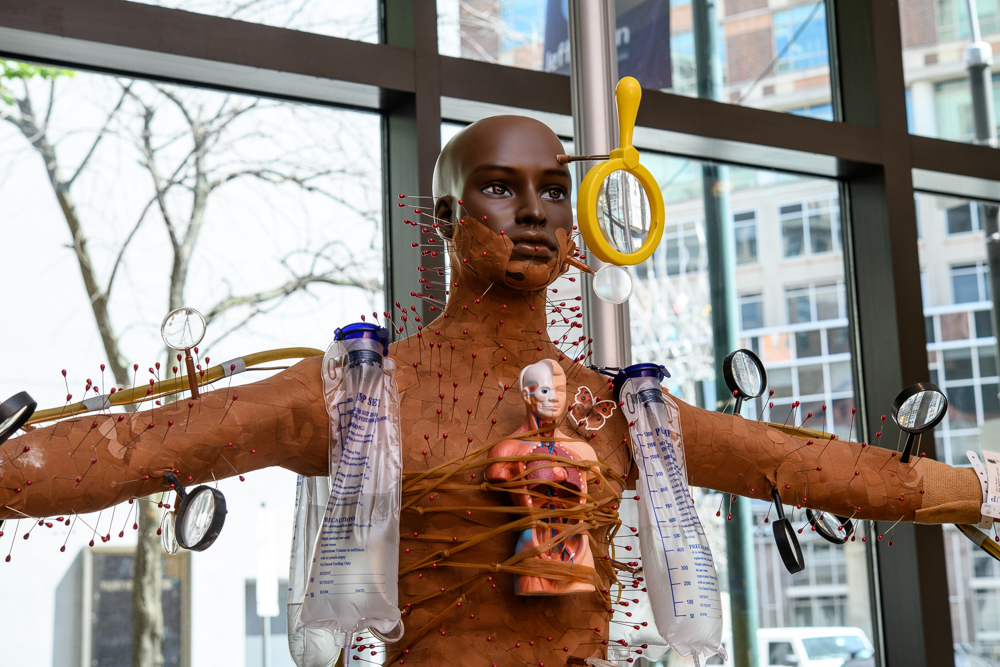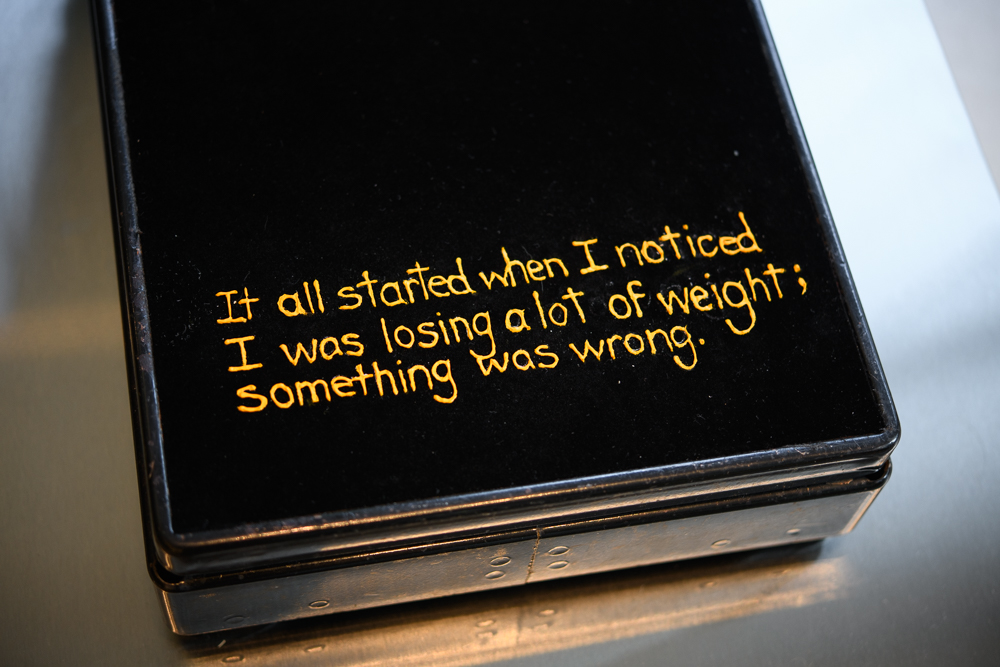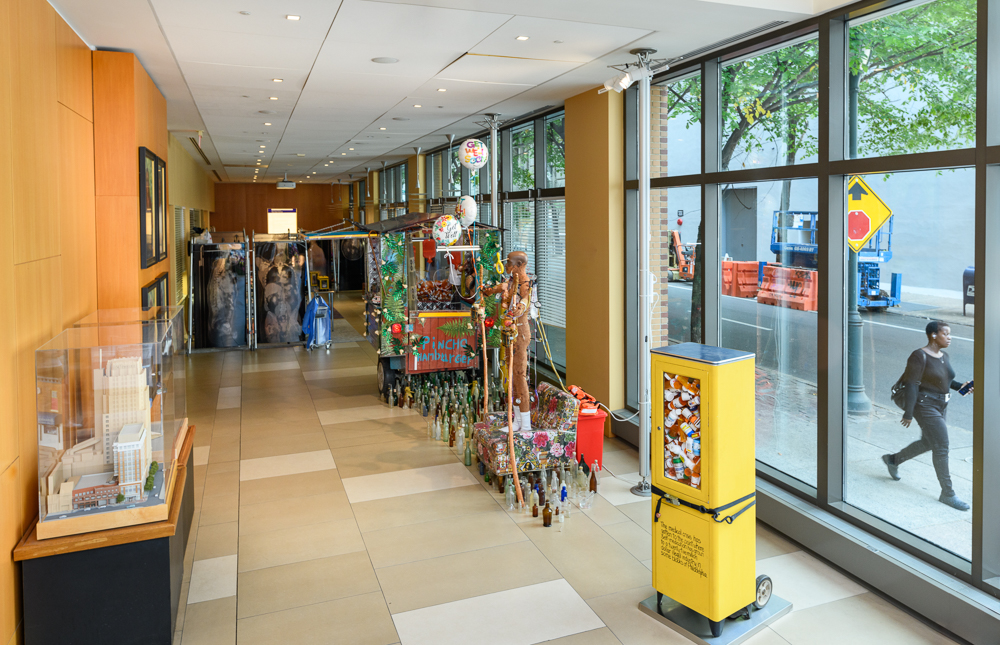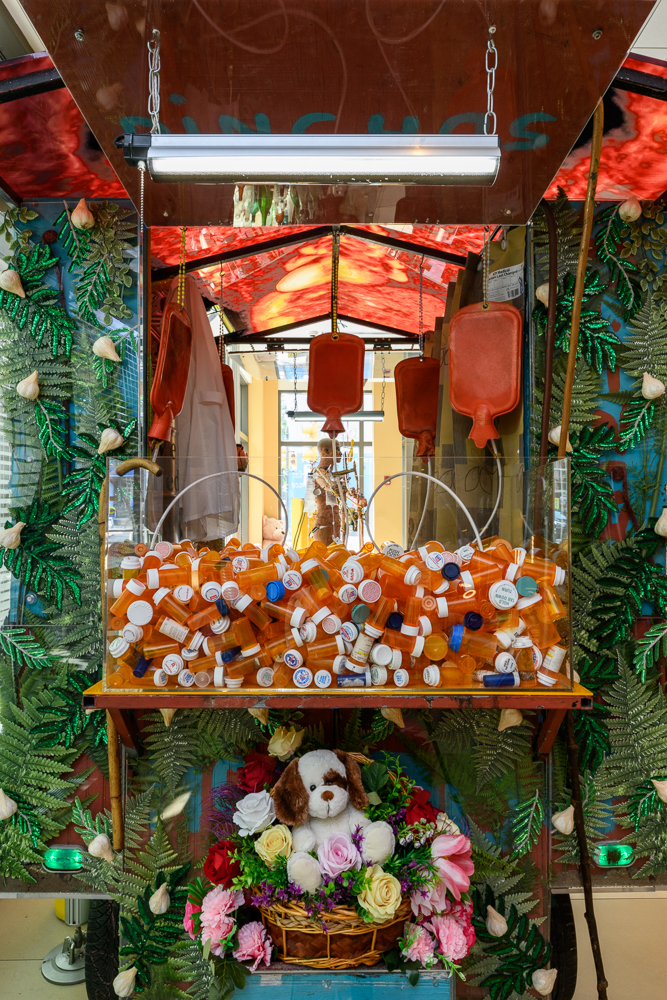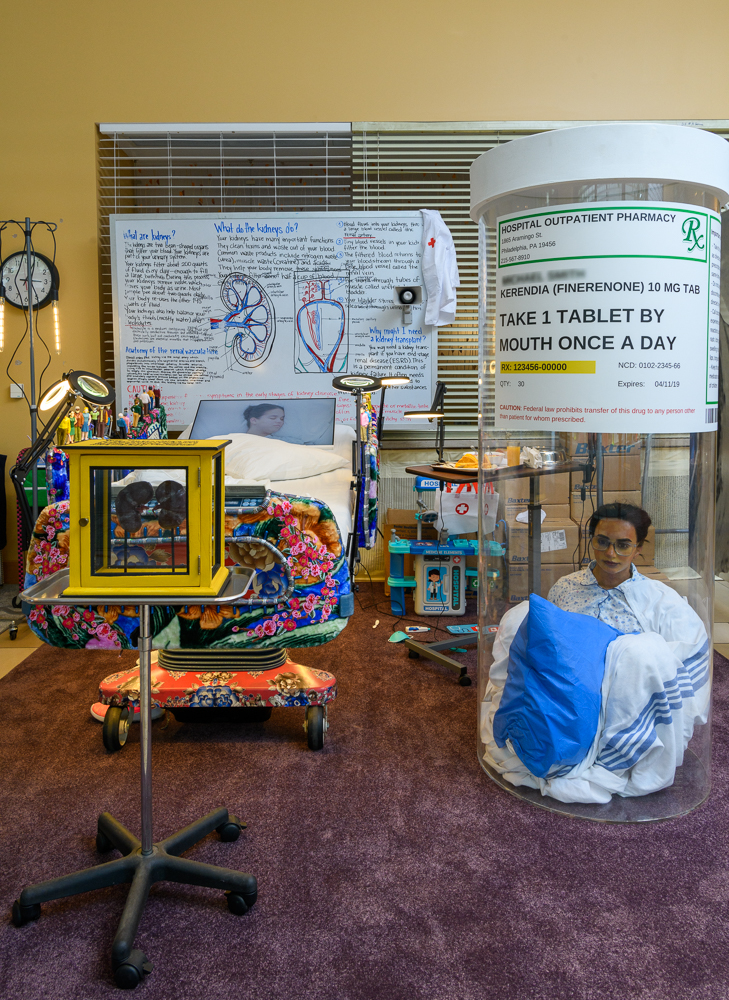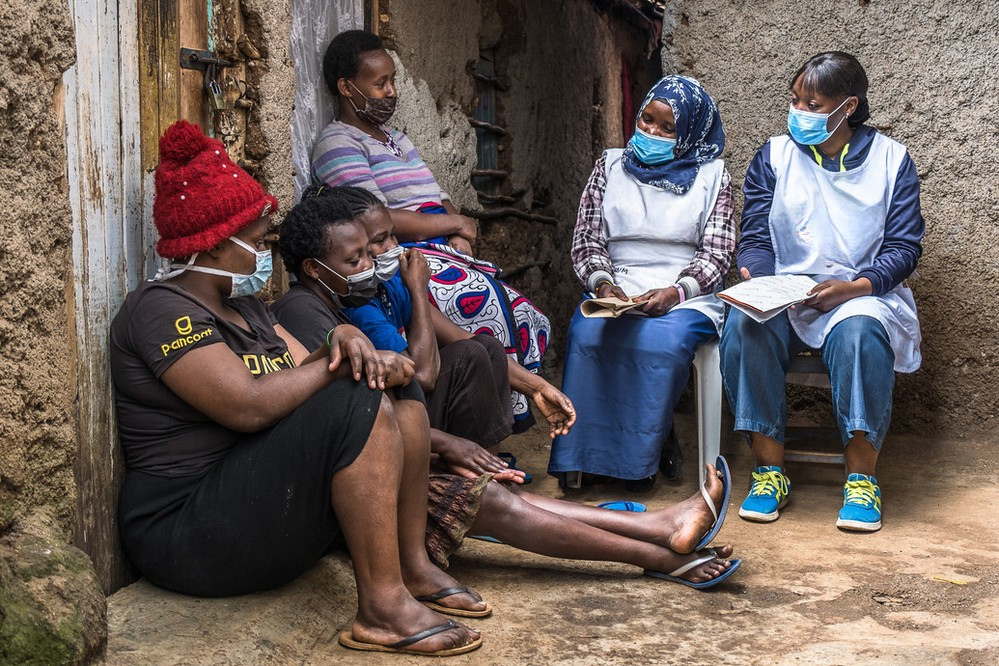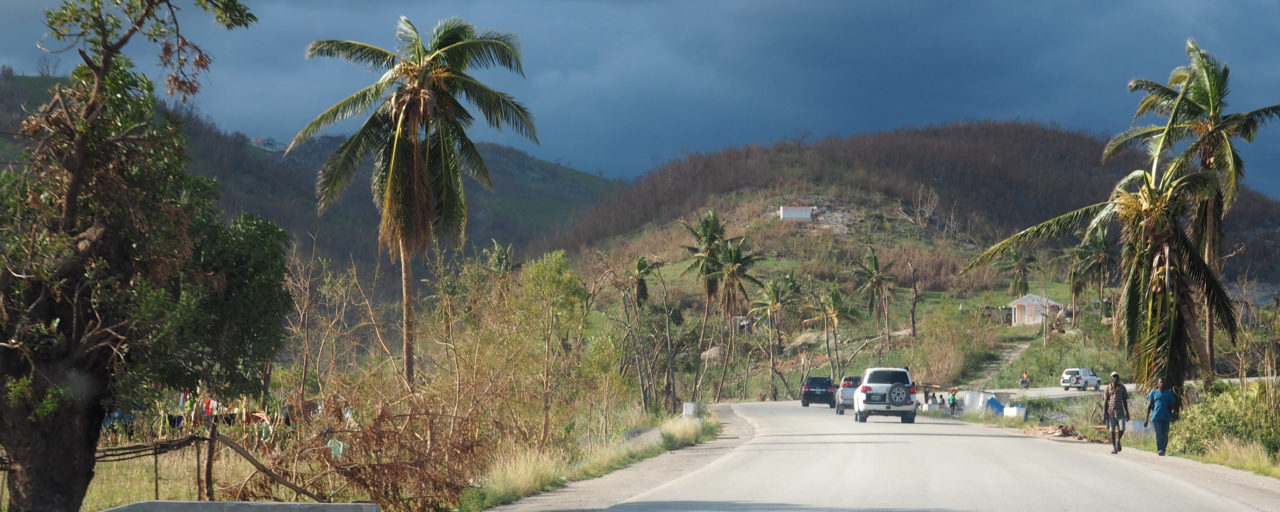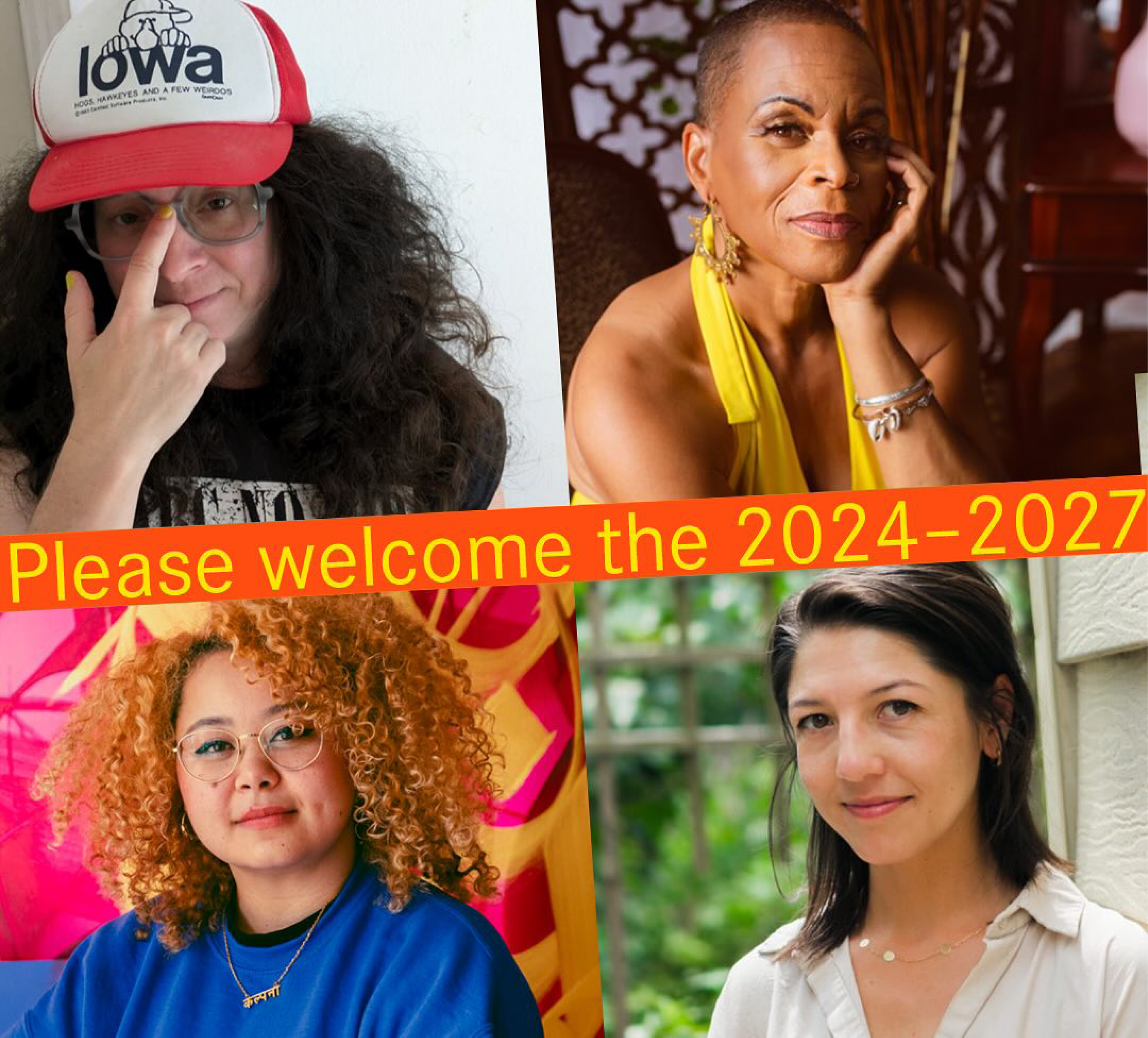The role of human-centered institutions in systems change
In December 2020, the American Association of Medical Colleges published a report titled The Fundamental Role of the Arts and Humanities in Medical Education that urged medical schools to integrate medical humanities into their curricula. Adoption has been slow, partly due to the costs and complexity involved in successful implementation, coupled with the growing emphasis on specialized medicine driven largely by an economic model that prioritizes intervention over prevention. This narrow focus has promoted the categorization of patients as either ill or healthy, neglecting the complex, nuanced ways we experience the continuum from illness to well-being. In Convalescence, Osorio creates space for a dialogue that is too often marginalized—even absent—from conventional health education: the vital role of the spiritual and psychological aspects of the self in illness, healing, and health.
Critically, this conversation is taking place directly on Jefferson’s medical school campus, where tomorrow’s physicians are being steeped in the practices that will determine the future of healthcare. Known for its innovative medical education and research, the university offers a wide range of programs in medicine, nursing, and health sciences, with a strong focus on clinical training and interdisciplinary collaboration. Status quo organizations can be a signal of how difficult and unwieldy systems change can be, discouraging progress. In contrast, when institutions like Jefferson show they can adapt, they send a message that change is possible.
The ability and willingness for Jefferson and other health institutions to collaborate with artists like Osorio on their terms is vital to the future of medical education. Artists can be catalysts for innovation and change, but that will require traditional structures such as hospitals and universities to adapt to make it feasible for cultural workers to manage complex projects like Convalescence within institutional settings, all while staying true to the artist’s ethos and commitment to community engagement.
We all have a role to play in cultural transformation
Successful projects like Convalescence demands the ability to navigate the creative tensions between the needs and voices of artists and activists, the resources necessary for experimentation, and the ability to foster support and buy-in from institutional leaders. It also requires funders to invest in these intersectional projects. At Wagner Foundation, we saw a clear connection between our efforts to advance health equity and supporting the critical role artists play in advancing dialogue about what makes healthy communities thrive. Philanthropic capital can be key to allowing these projects to unfold, from providing the flexibility to experiment with bringing in artists to supporting institutional leadership and communities in their learnings.
The organizing team behind the Convalescence exhibition was a critical component of its success. Megan Voeller, director of humanities at Jefferson, is a curator, writer, and educator whose research focuses on how contemporary artists engage with concepts and practices of health, healing, and medicine and on the reciprocal role of the arts and humanities in medical training. Voeller’s track record in leading public- and patient-centered initiatives laid the groundwork for their ability to successfully navigate the institutional dynamics required to bridge traditional divides between art and medical education. Partnered in this project is curator Rob Blackson, who has collaborated with Osorio for a number of years. Blackson’s work over the past decade has illustrated a shift in the way artistic programs can be crafted to build a healthy mutuality of poetic and practical social purpose.
We all have a role to play in truly healing our healthcare systems. To evolve, we must continue to challenge conventional models and embrace the transformative potential of arts and culture in systems change. Institutions, funders, artists, and community leaders alike can advocate for the integration of artistic practices and institutional collaborations that honor our collective humanity.
November 3, 2024
